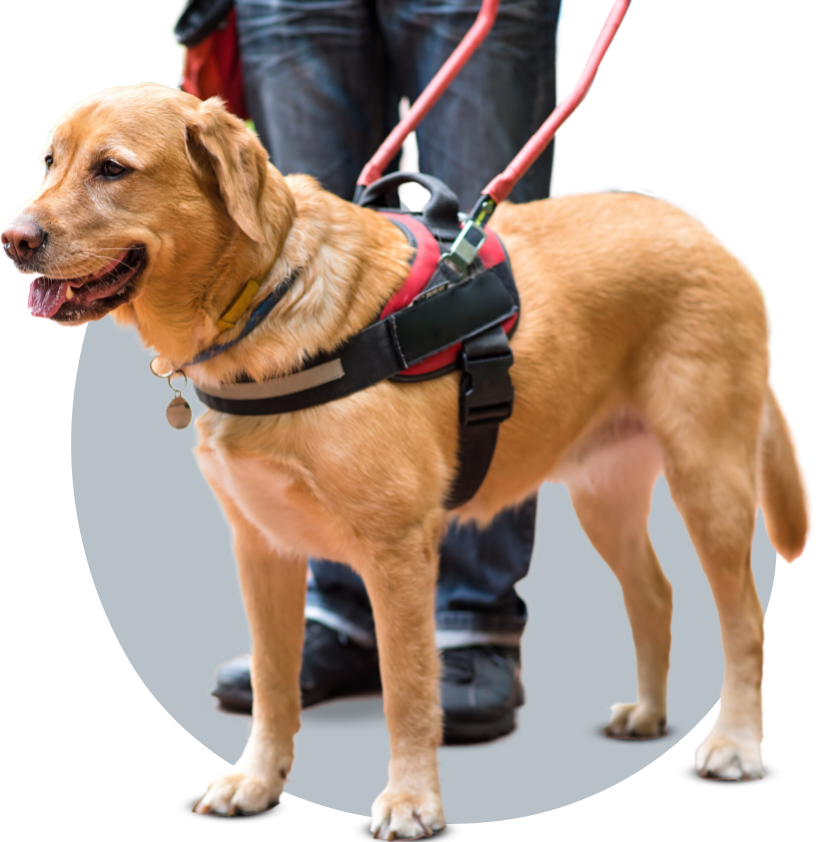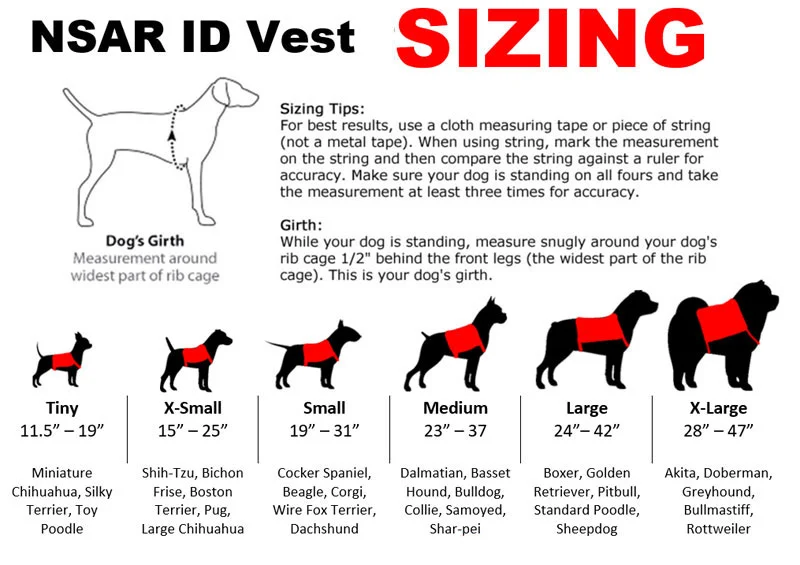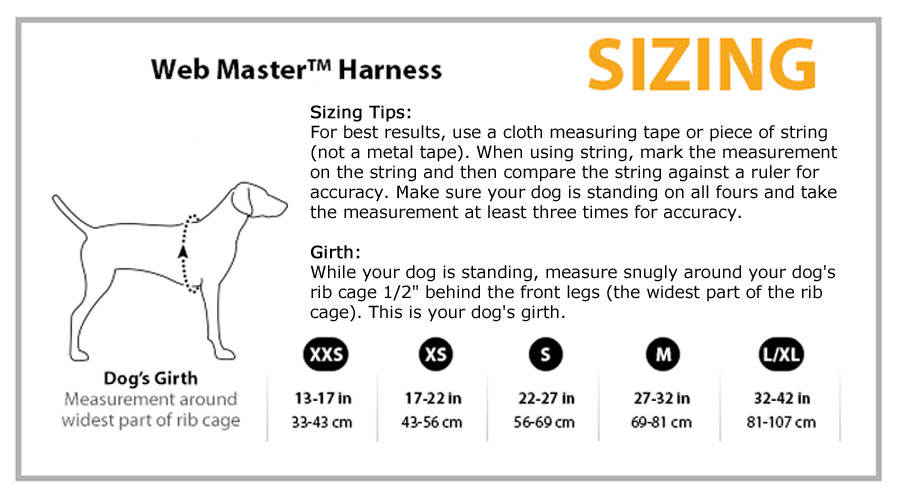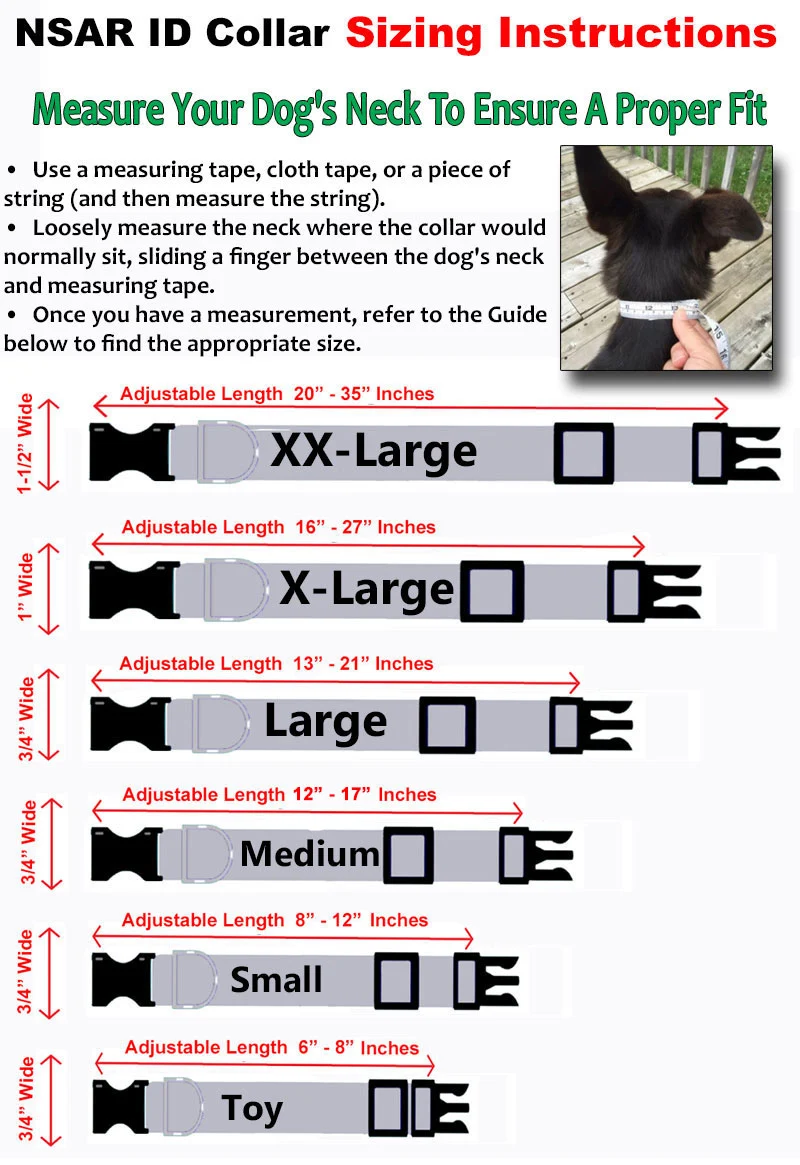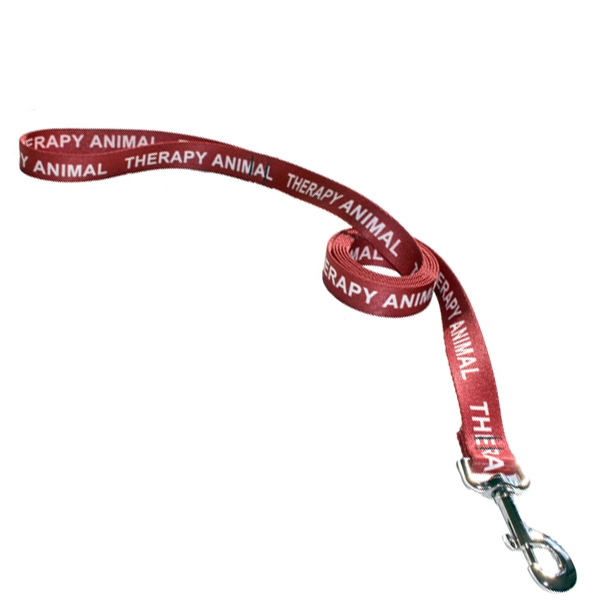If Emotional Support Animals Are Banned From Planes
Airlines are lobbying for stricter rules regarding emotional support animals on airplanes. In recent years, the number of people flying with an emotional support animal has ballooned and airlines feel frustrated by what they feel are people blatantly taking advantage of the system to fly their animal for free…and sometimes even endangering the passengers and crew with an untrained animal. But while there are undoubtedly fraudsters banking on a free ride for their pet, banning all emotional support animals will leave many travelers who genuinely need their emotional support animal vulnerable and unable to fly.
The proposed changes by the Transportation Department would allow only service animals in the main cabin of the airplane, while asking that emotional support animals be treated as pets. What exactly does that mean?
What’s the Difference Between A Service Animal, Emotional Support Animal, and A Pet?
Well, a service animal is a dog (and in some cases, a miniature horse) trained to perform major life tasks to assist people with physical or severe psychiatric impairments/disabilities.
An emotional support animal on the other hand is like a pet in that it does not need to be trained. It has, however, been prescribed by a licensed mental health professional, such as a licensed therapist, psychologist, or psychiatrist. The animal is part of the treatment program for this person and is meant to bring comfort and minimize the negative symptoms of the person’s emotional/psychological disability.
And we all know what a pet is.
But, how does the definition of your animals’ role translate into flying?
The Various Animals and Their Places Onboard a Plane
Right now, both a service animal and an emotional support animal are treated with special privileges onboard planes, while pets are treated with…a few less rights. For example, both a service animal and an emotional support animal is allowed to be both in the cabin of the plane and outside of a cage (such as on their person’s lap).
Neither a service animal nor an emotional support animal costs anything to travel with, while travelling with a pet incurs a fee.
To summarize, taking a pet on board involves the following:
- Paying a fee (up to 125$ each direction)
- Keeping the animal in a cage under the seat, size permitting, or
- Flying the animal as cargo
Plenty of people do not want to pay the fee, but more troubling for many is flying an animal as cargo. For one thing, crates can be knocked about and treated like luggage, without consideration for the animal inside. Also, luggage can fall on the cage during turbulence. For another thing, changes in temperature and air pressure can be more pronounced in the cargo, and it’s very loud, with lots of strange smells. All of this compounds to mean that a ride in cargo is an overall distressing experience for any animal.
Of course, that is not even to mention the experience of the person flying without their emotional support animal. The problem is that a person who needs to be able to stroke their emotional support animal to stave off severe anxiety or PTSD, will be out of luck if this ruling goes through. Many will simply stop flying. Why do people feel so strongly about needing their emotional support animal on board the flight?
Why Do People Fly with Their Emotional Support Animals?
Some need to have their animal within range to stroke the entire duration of a flight to feel relaxed and at ease. Others are comforted just by being close to their animal. Emotional support animals can reduce stress, soothe anxiety and alleviate emotional traumas.
For some, flying itself is a trigger and can be stressful without their emotional support animal.
For others, while they are comfortable traveling and don’t really need to have their emotional support animal on the plane, they will need to have it on the other end of the flight. And for the reasons mentioned above, many people simply don’t want to put their ESA in cargo—especially considering their reliance on these animals.
So, if cargo is not a welcome or even acceptable option, but the emotional support animal is needed for insomnia or severe stress once at the destination, then what is to be done?
Conclusion
While it is true that exorbitant pet fees have likely been the prime motivation for some people making their pet into an emotional support animal, there are plenty of others who are motivated by a real emotional need. Hopefully, a solution is found that does not punish those who really need their emotional support animal and flying can continue to be a part of their lives.









































































